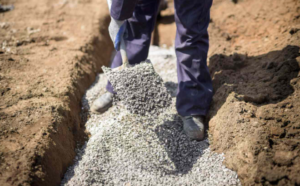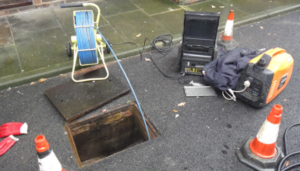Underground sewer pipes connect our homes to wastewater systems. Over time, these pipes may become damaged due to root intrusion, corrosion or normal wear and tear. Traditional ‘dig and replace’ methods for repairing underground pipes are extremely disruptive, requiring excavators and road closures. Fortunately, there is a better solution – trenchless drain lining. In this blog post, we’ll take an introductory look at what exactly drain lining is and how the pipe relining process works.

What is Drain Lining?
Drain lining, also known as trenchless sewer repair, is a method of repairing damaged underground pipes without having to dig trenches or break up concrete. It works by inserting a resin-impregnated fabric tube, called a liner or sleeve, into the existing pipe. The liner has a slightly smaller diameter than the pipe, so once it is inflated with hot water or steam, it fits snugly against the inside walls of the pipe. As the liner cools, the resin hardens, effectively creating a new pipe wall inside the damaged one.
For drain lining Oldbury has a choice of experts such as https://www.wilkinson-env.co.uk/sewer-repairs-drain-lining-concrete-cutting/drain-repairs/oldbury who can help.

What is the Drain Lining Process?
First, a camera inspection is done to assess the condition of the damaged pipe and determine if it’s a good candidate. The drainage pipe is then cleaned using high-pressure water jets to remove built-up debris and roots. A felt fibreglass liner soaked in thermosetting resin is cut to size and shaped to match the inside dimensions of the damaged drainage pipe. The liner is pulled through the pipe and then expanded by an inflatable bladder to firmly press it against the pipe walls. Remote robotic cutters are used to reopen lateral connections and service entrances/exits that get blocked during installation. Once fully cured, the liner essentially forms a “pipe within a pipe”.